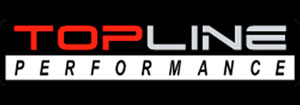We need to ask important questions about how to make it more inclusive and representative of the society it serves.. To begin, it’s essential to recognise that we can’t achieve our goals working in isolation.
And whatever else it is today, we know that it may need to be something very different – although we don’t know what – in just a few months’ time..The opportunity within healthcare design and build is to address all of these competing value drivers successfully.

This is the essence of our core approach – design to value.. Our overarching aim is to deliver a beautiful building which achieves excellence in clinical outcomes, patient safety and user experience, savings in cost and carbon, precision in budget and timescales, and flexibility to allow for future developments, planned and not.. A holistic approach to healthcare.Every project starts with a brief, of course.A clear brief allows for the design to be checked continuously as it evolves.

Our approach to developing a brief is to place it firmly in the context of being a part of the process which ends with a fully functioning hospital.The brief cannot – or should not – exist in splendid isolation.

It must take into account the massing of the hospital, the plant and M&E requirements, servicing facilities, the extent and location of the car parks.
In our minds, the brief is intrinsically linked to the construction strategy.From LETI: graphic showing the range of performance based on benchmarked projects..
Comparison embodied carbon targets from RIBA, LETI and GLA.Achieving net zero operational and embodied carbon with lean design and modern methods of construction.
Bryden Wood’s strategy to achieve net zero carbon building is based on the adoption of a clear hierarchy for operational and embodied carbon..In order to substantially reduce operational carbon, our designs will adopt the following hierarchy:.
